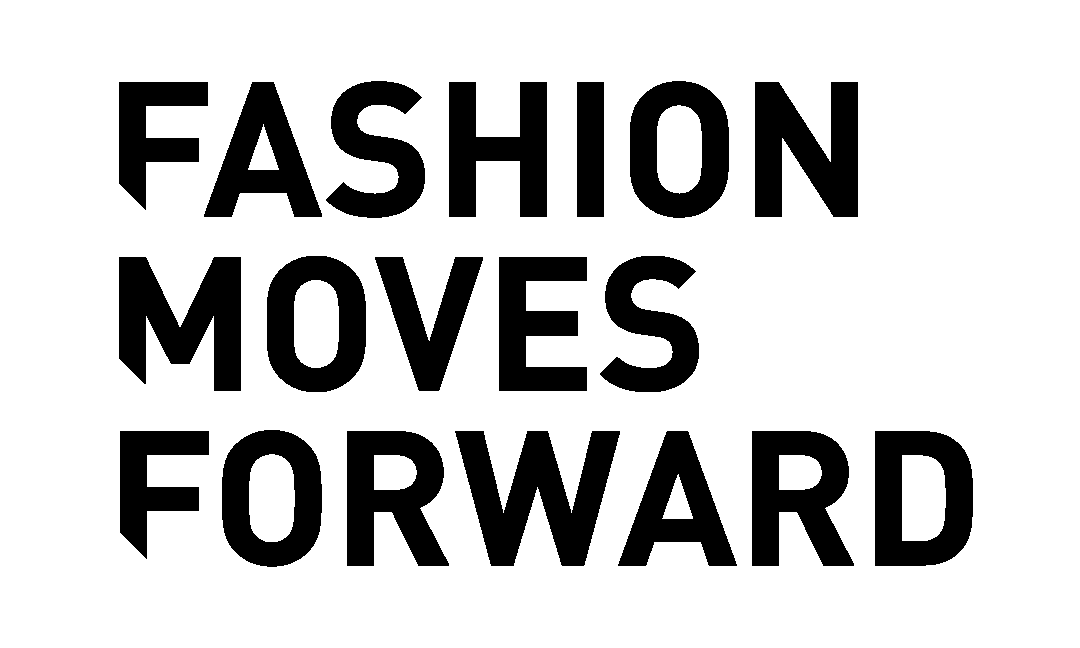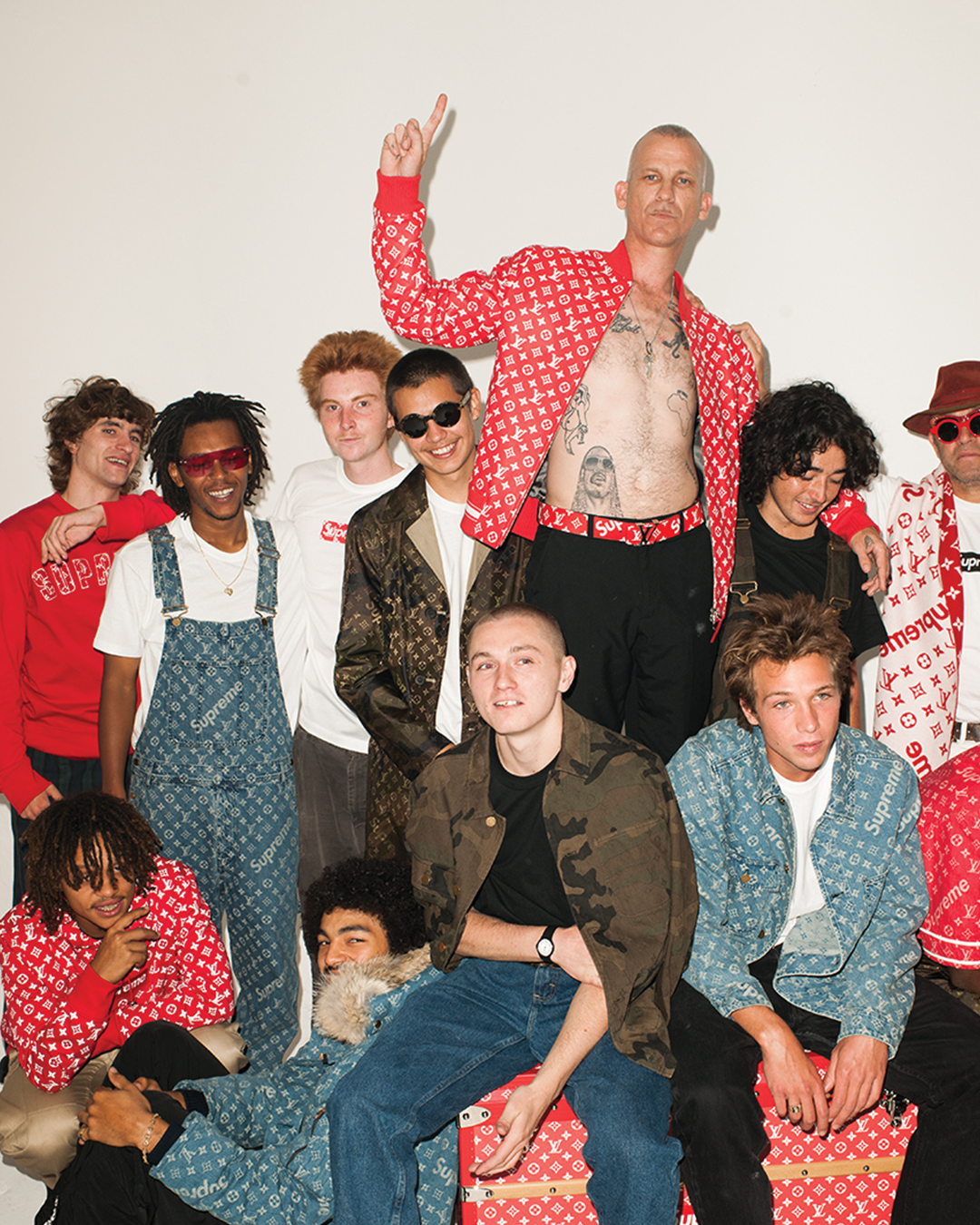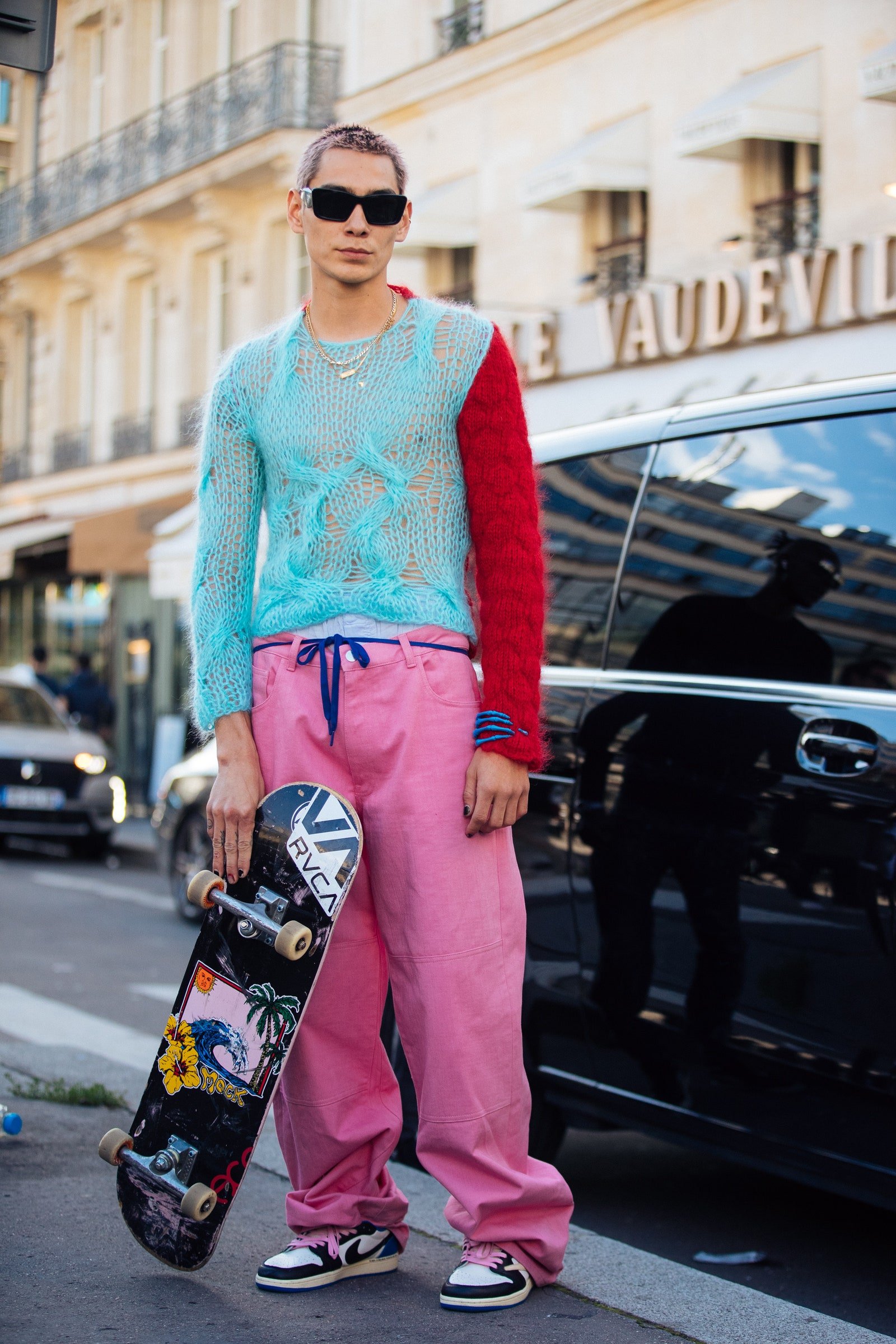The Streetwear Convergence: How Skaters Became the New Stylists
It’s no secret that brands like Supreme, Palace, and Stüssy have been leaders in the streetwear scene since the word's creation. However, many people don’t actually realize the history and origin of many of the brands that filled our explore pages in the 2010s… skateboarding.
Although it once consisted of baggy pants, Monster Energy, and DC shoes, skatewear has evolved into a huge scene; one that makes up much of the fashion we see today and one that companies spend millions per year trying to replicate.
To understand the impact of skate culture on the fashion scene, we must first take a look at the major fashion brands that make up streetwear.
Supreme’s History:
What was once a small skate shop on Lafayette Street in Soho, Supreme has morphed into a billion-dollar brand that is indisputably the most recognizable streetwear label in the world.
The brand first came to light in 1994 when James Jebbia created a small skate shop in Lower Manhattan with one demographic in mind: skaters. This was even reflected in the store layout, where customers saw clothing racks on the outskirts of the store surrounding a huge open center. This space in the middle of the store was designed so that skaters could ride in and out of the space freely.
As Supreme morphed from a skate shop to the skate shop, it became a natural hangout for many skaters in the NYC scene, and it slowly became a family of skaters rather than a company of burnt-out store employees. In fact, the store’s very first employees were extras from Larry Clark's film Kids, and many of its team riders consisted of the actual cast.
In 2004 - at the beginning of the brand’s rise in popularity - another store was opened in Fairfax, Los Angeles. This was the start of something legendary, and as traction for the brand started growing, people like Tyler, the Creator, Na-Kel Smith, and Earl Sweatshirt were seen hanging out outside the shop in LA. When they came up, so did Supreme.
The brand saw light in the late 2010s, and by 2012 it reported annual revenue of nearly $410,000,000.
By 2017, Supreme had 11 stores all across the world, and their infamous “Bogo” could be seen on the likes of Justin Beiber, A$AP Rocky, Morrissey, and even Kermit the Frog.
With collaborations with brands like Nike, Hysteric Glamor, Stone Island, and even Louis Vuitton, it's safe to say that Supreme has embedded itself in fashion culture and won’t be leaving anytime soon.

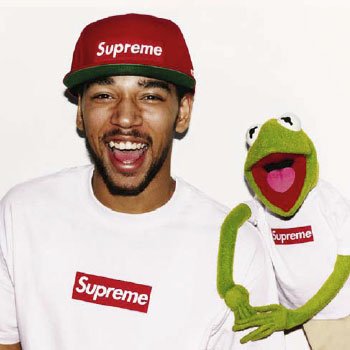
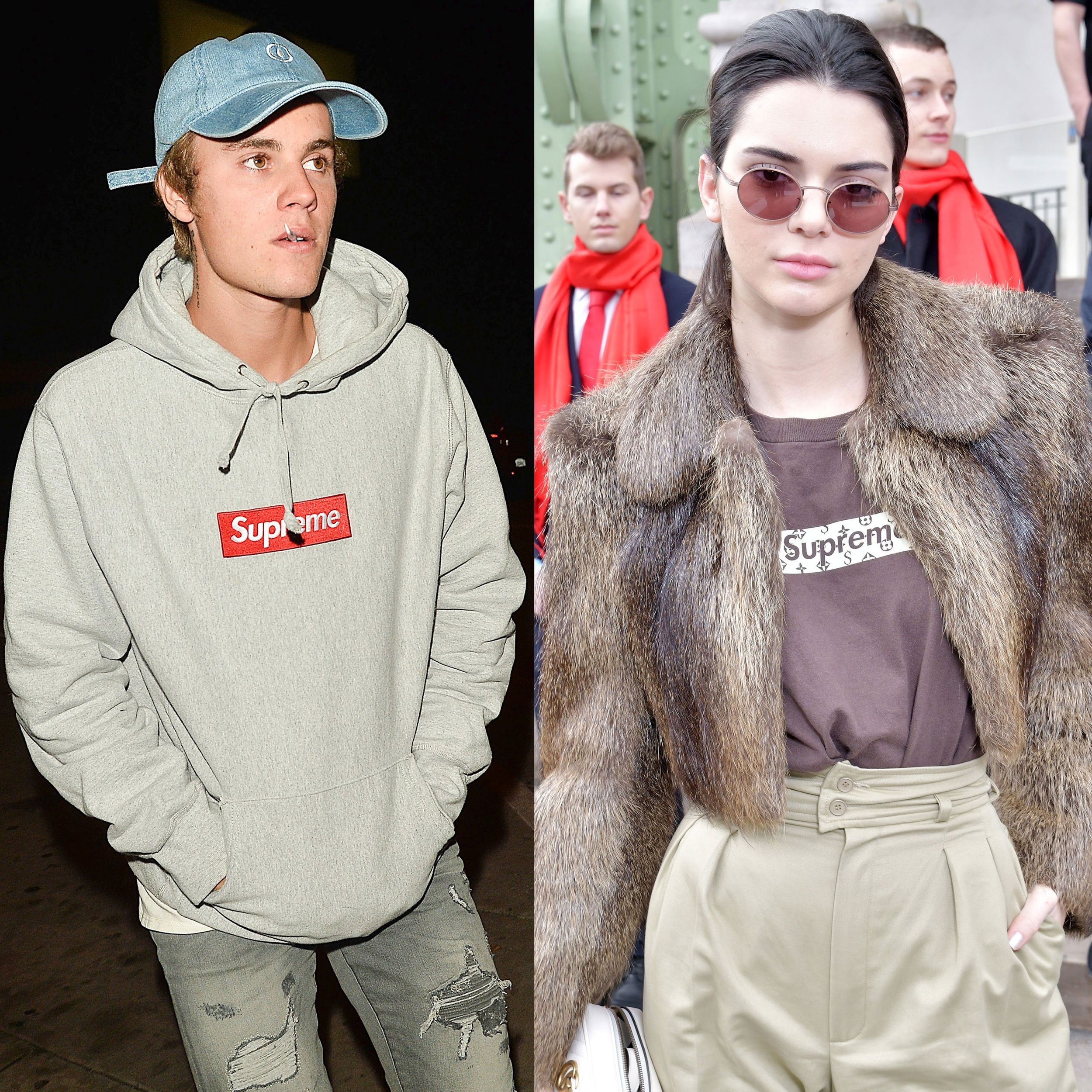
Stüssy’s History:
In his youth, Shawn Stüssy only cared about two things: skateboarding and surfing. Early on in his career, Shawn was known for making uniquely-shaped surfboards, which he sold to surfers in Laguna Beach.
He started to recognize one commonality between surfers and skaters and it was the clothing they wore. He would brandish shirts with the blueprints of his surfboard designs, and before he knew it, he was designing shirts, hats, and even pants to sell with his surfboards as a way of promotion.
His unique, graffiti-inspired signature became the brand’s iconic logo, and with this, Shawn hit the road, setting up small showrooms in New York and California as a way to show off his designs to skaters.
Stüssy saw its first store open up in Laguna Beach in the late 1980s, and by 1990 it had stores all across America.
By this point, Stüssy had deep standing in the skate community. So deep in fact that before starting Supreme in 1994, creator James Jebbia worked as a manager at Stussy’s New York City shop up until his departure in 1994.
Stüssy still stands as one of the most popular streetwear brands ever and acts as a testament to the skate and fashion scenes alike.
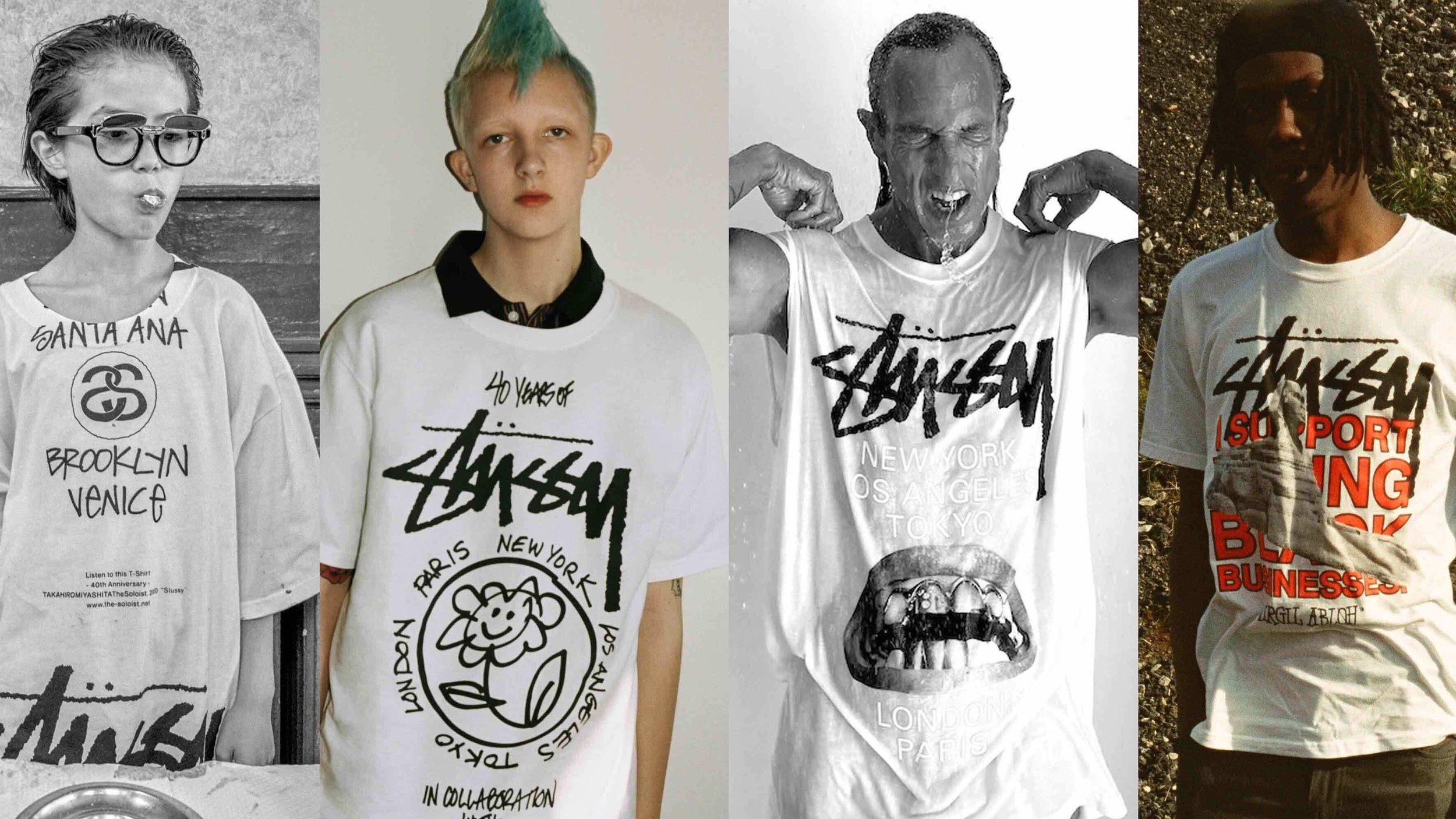
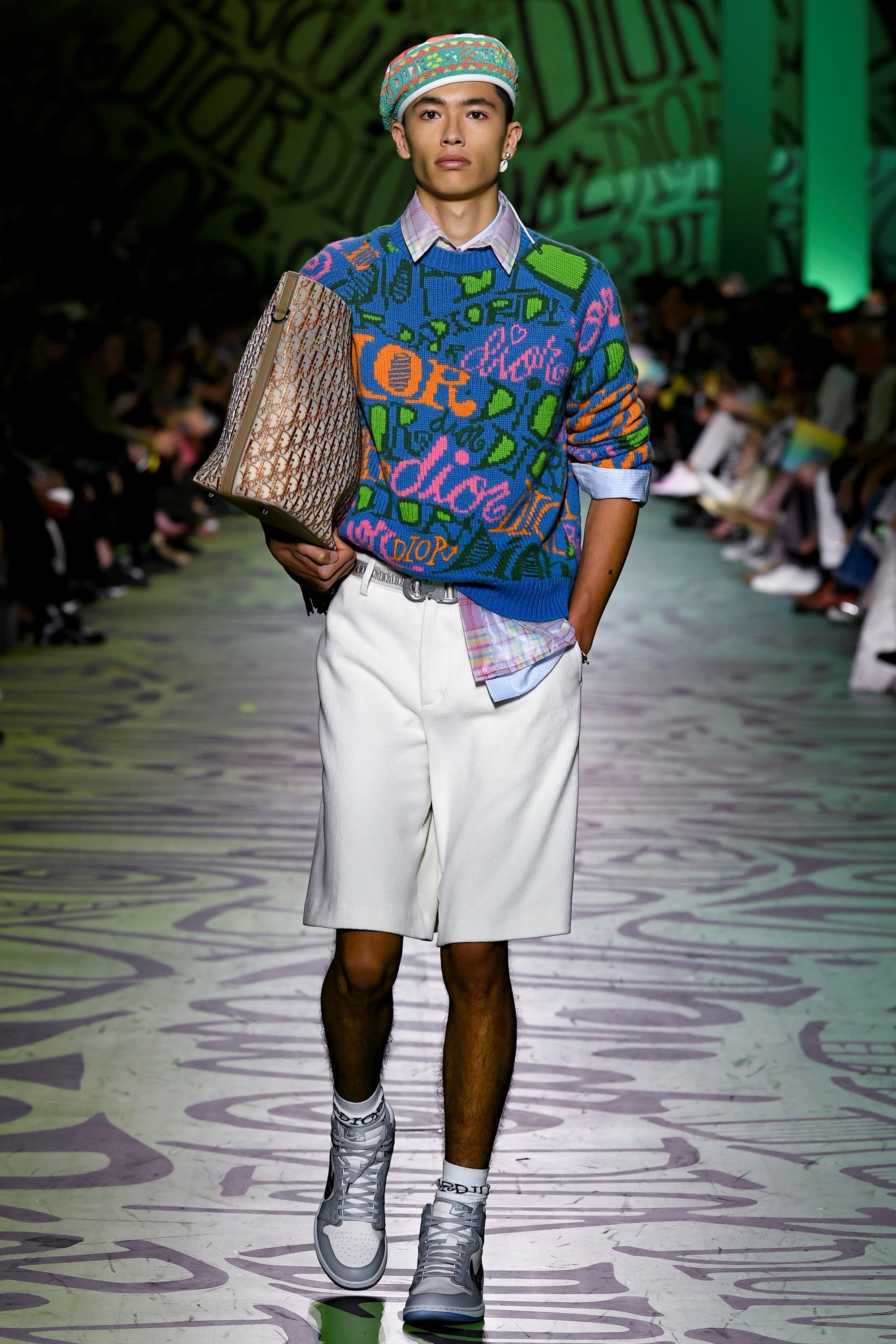

Palace’s History:
Like Supreme and other skate brands before it, Palace had humble beginnings in the skate scene. In 2009, after making skate decks for his friends around London, founder Lev Tanju decided to create the label.
“I had a fun gap decade after college, just skating and doing fun shit, “ Tanju said in an interview with Glasschord Magazine. “Then halfway through I thought to myself, maybe I should start a skate company.”
The brand could be seen tattered all across local skate shops in London, and as it began to grow stores like Supreme started selling their clothing, too.
Interestingly, the brand’s celebrated triangular logo was designed by Fergus Purcell, the design director for Marc Jacobs and arguably one of the most influential fashion designers of the 21st century.
Today, Palace and its impact on the streetwear scene comes as no surprise. The brand’s eminent impossible triangle can be seen on the chests of people like Playboi Carti, Kylie Jenner, and even Kanye West.
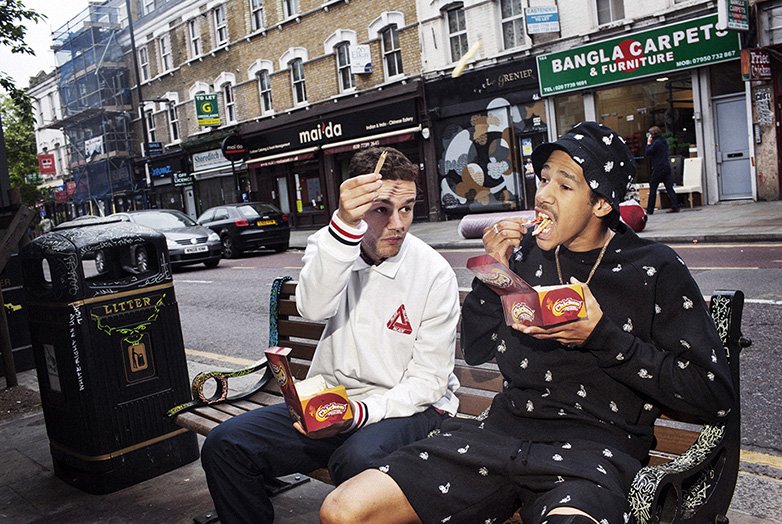
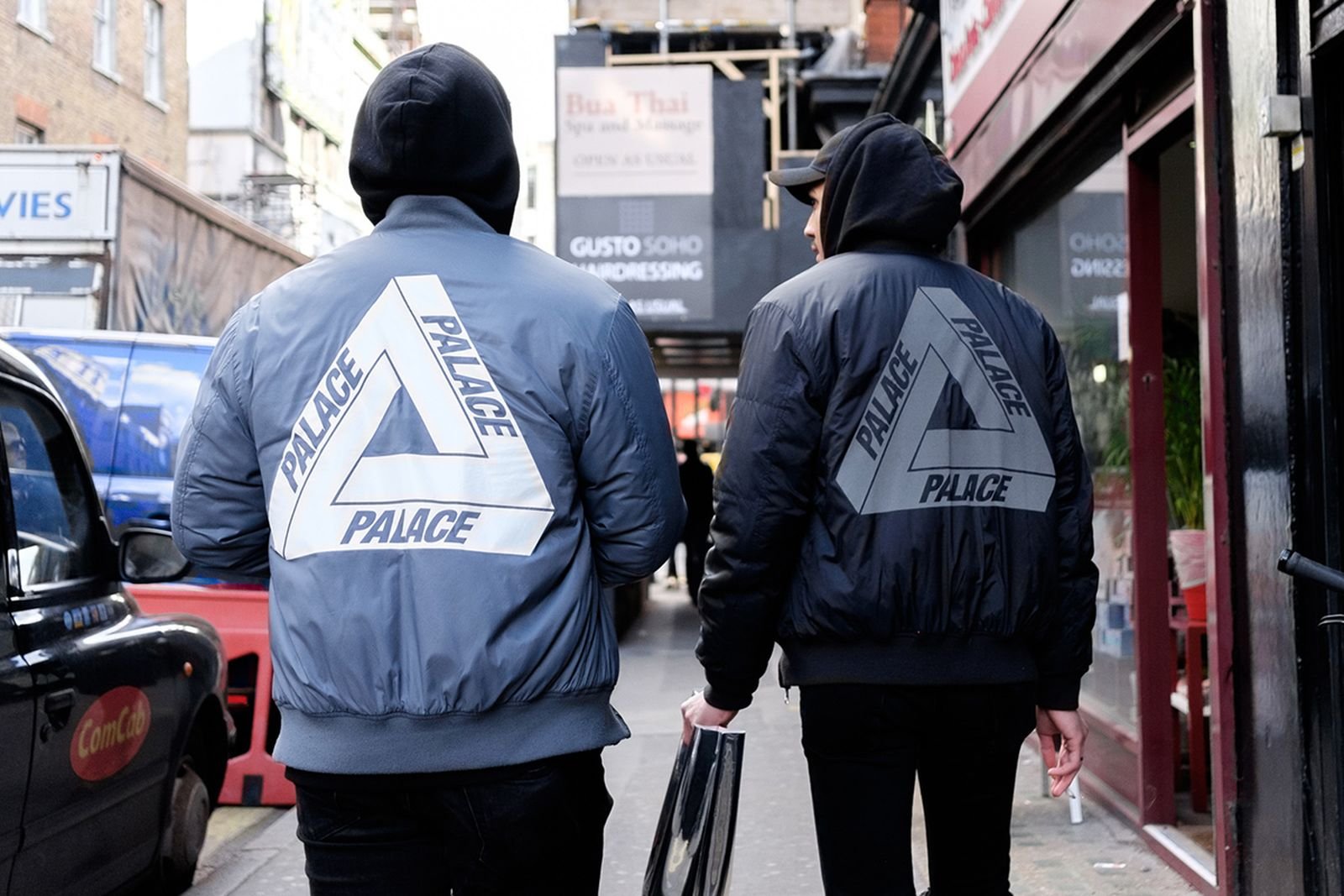

Of course, you can’t talk about streetwear without mentioning other brands like Obey (who arguably had the biggest falloff in fashion history), Golfwang, Huf, Nike SB, etc. All brands based around the evolutionary skate scene.
The Parallels of Skateboarding and Fashion:
Despite skateboarding being an “outsider” sport, its roots do not end within the subculture. In fact, skateboarding finds itself intertwined with countless youth movements constantly, whether it be fashion, art, or music.
With skating becoming more and more mainstream, the garments that have accompanied it are, too, and skaters are becoming the new modern-day models.
People like Evan Mock, a skateboarder who became a highly sought-after model - shooting for brands like Louis Vuitton and Off-White, highlight the overlap between fashion and skateboarding.
Evan Mock for Teen Vogue 2021
With the rise of Supreme box logos and Nike SB’s, it's easy to believe that skating and fashion’s recent collision is coincidental. However, skatewear has had its roots in streetwear since its inception, and there’s no question that skateboarding has and will continue to make an impact in fashion.
